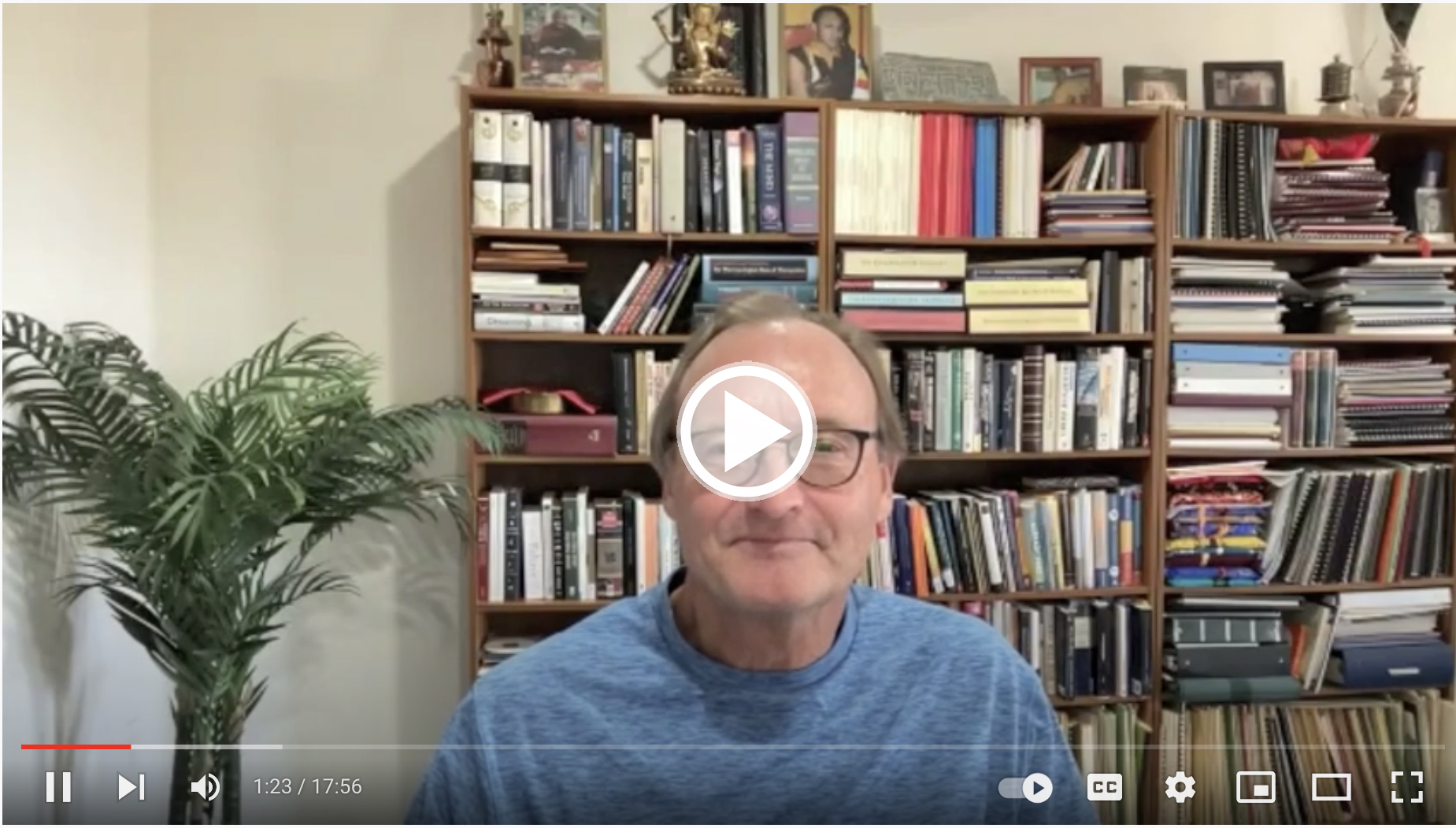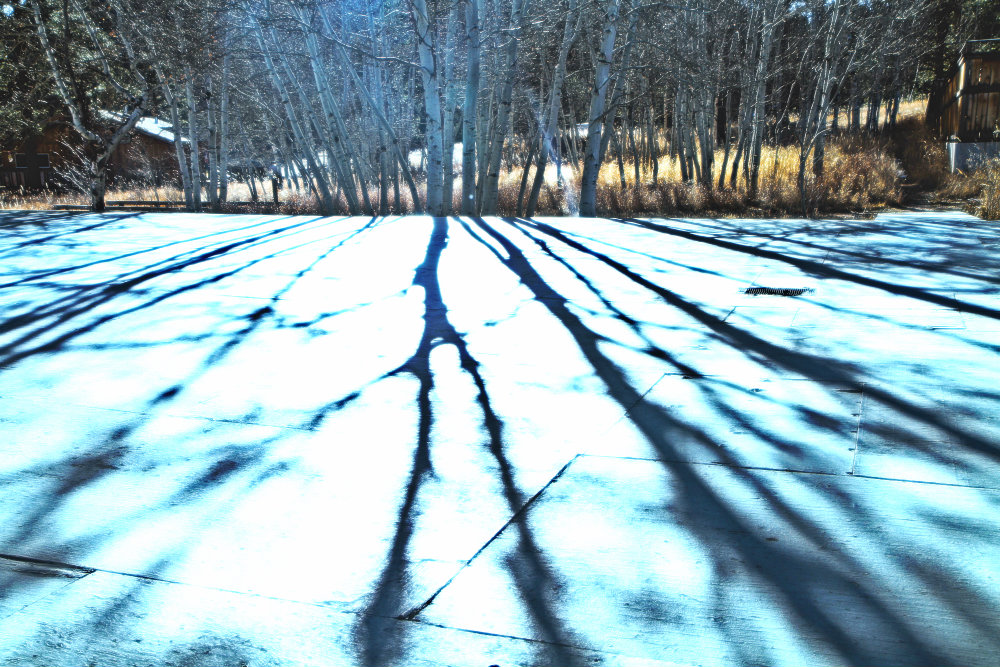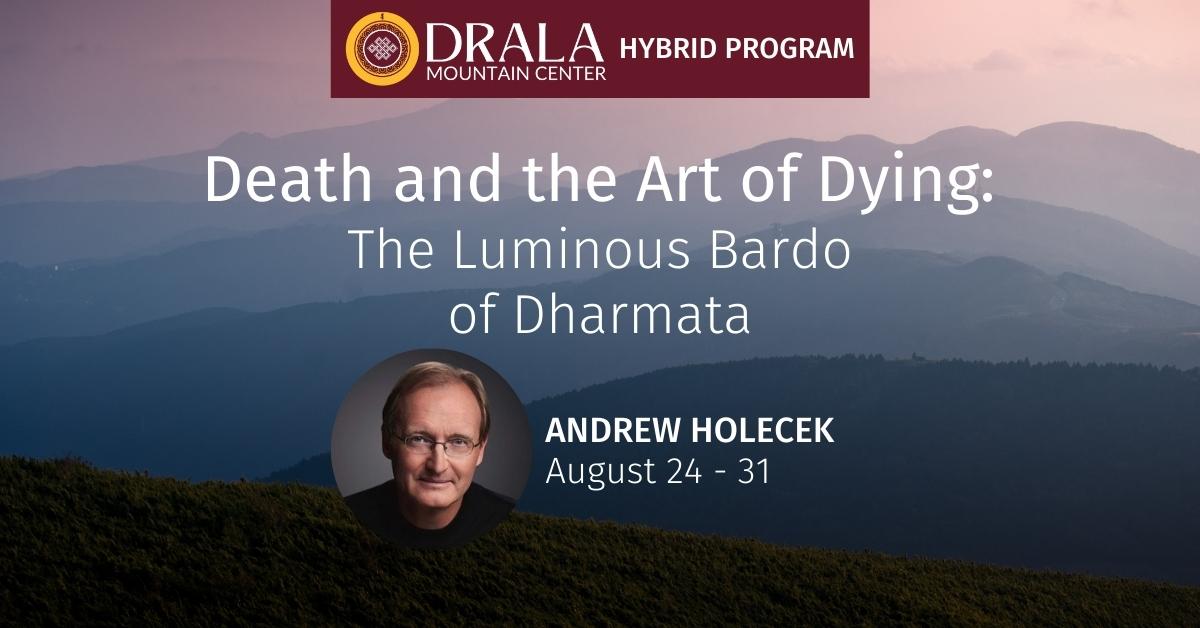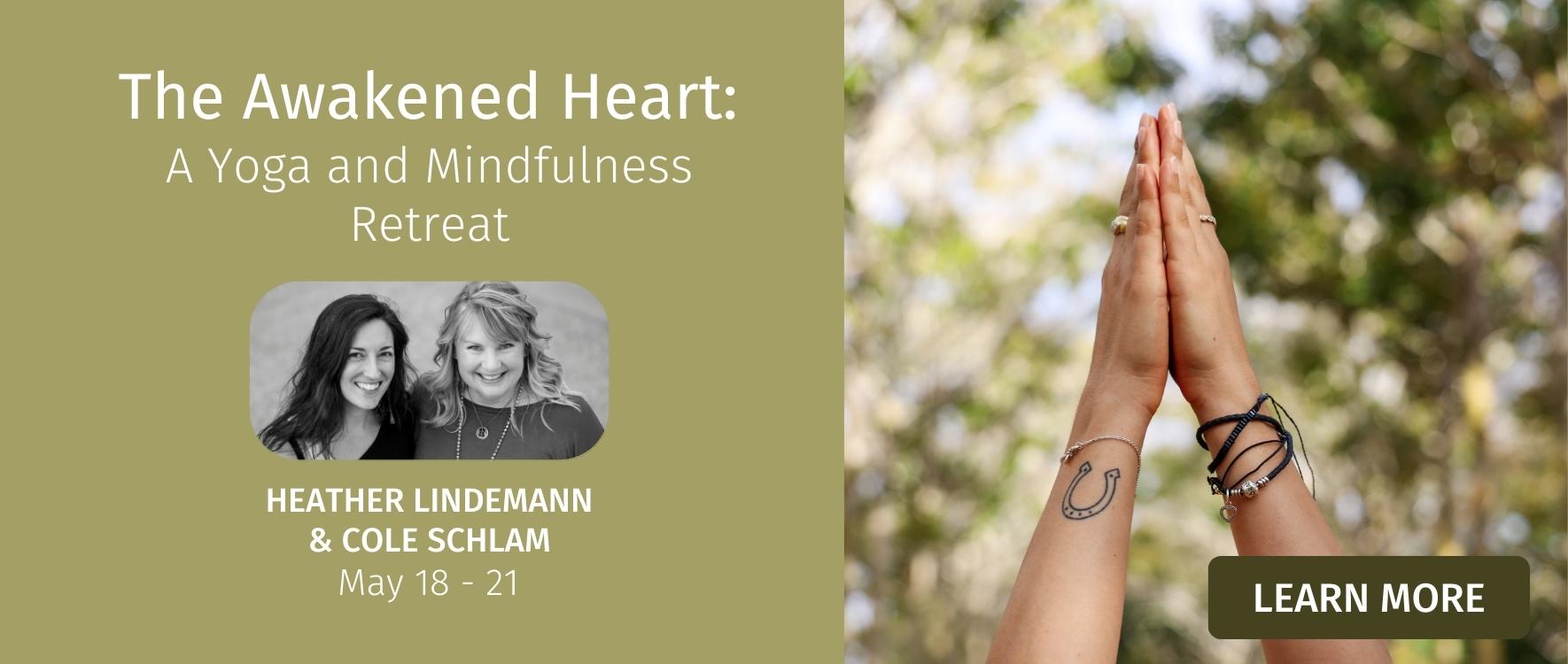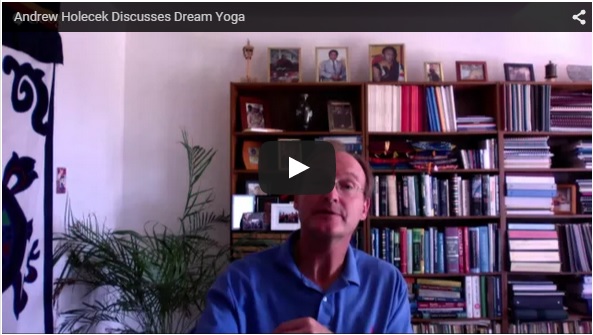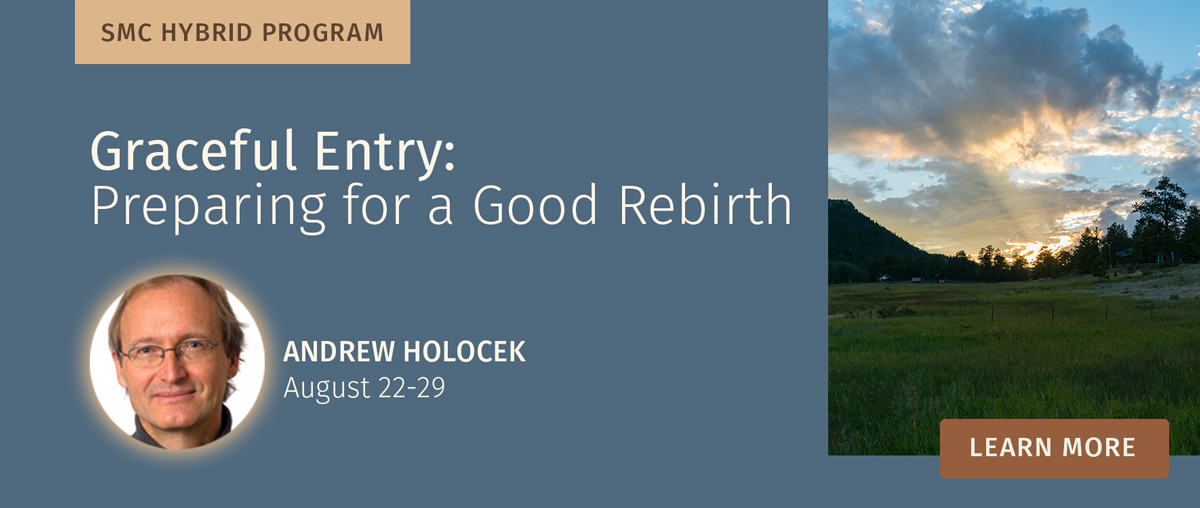Andrew Holecek on Preparing for A “Good Death”
By Andrew Holecek //
Death is one of the most precious experiences in life. It is literally a once-in-a-lifetime opportunity. The karma that brought us into this life is exhausted, leaving a temporarily clean slate, and the karma that will propel us into our next life has not yet crystallized. This leaves us in a unique “no man’s land,” a netherworld the Tibetans call “bardo,” where all kinds of miraculous possibilities can materialize. At this special time, with the help of skillful friends, we can make rapid spiritual progress and directly influence where we will take rebirth. We can even attain enlightenment.
Buddhist masters proclaim that because of this karmic gap, there are more opportunities for enlightenment in death than in life. Robert Thurman, who translated The Tibetan Book of the Dead, says: “The time of the bardo is the best time to attempt consciously to affect the causal process of evolution for the better. Our evolutionary momentum is temporarily fluid during the bardo, so we can gain or lose a lot of ground during its crises.”
But even for spiritual practitioners, death remains a dreaded event. We dread it because we don’t know about it. We do not look forward to death because we don’t know what to look forward to. For most of us, it’s still the great unknown. Death is the ultimate blackout, something to be avoided at all costs. So we have a choice. We can either curse the darkness, or turn on the light.
Death is not the time for hesitation or confusion. It is the time for confident and compassionate action. Lama Zopa Rinpoche says, “This is when people MUST do something for the person who has died; this is the most crucial time for the person.” The Tibetan Book of the Dead says, “This is the dividing-line where buddhas and sentient beings are separated. It is said of this moment: In an instant, they are separated; in an instant, complete enlightenment.”
The week-long program at SMC in August will help you prepare. The program is based on the richness of Tibetan thanatology (the study of death and dying), and includes many references for those who want to study the complexities of the bardos in more detail. But the program is meant as a practical guide, a hands-on event culled primarily from the abundant resources of Tibetan Buddhism.
The moment of death, like that of birth, is our time of greatest need. The beginning and the end of life are characterized by vulnerability, bewilderment, and rich opportunity. In either case we are stepping into new territory—the world of the living or the world of the dead. The person who is dying, and their caretakers, should do whatever is necessary to create the conditions to appreciate this priceless event. During this week we will explore what these opportunities are, what it means to “do whatever is necessary,” and help you approach death with confidence. I will show you what to do and when to do it.
While all these guidelines are helpful, they are not meant to restrict the sacred experience of death. The map is never the territory. Even though death and rebirth are described in extraordinary detail by the Tibetans, dying is never as tidy as the written word. It is important for the dying, and their caregivers, to study and prepare. But preparation only goes so far. Fixating on the idea of a “good death” can paradoxically prevent one. If we think that our death will follow a prescribed order, and that perfect preparation leads to a perfect death, we will constrict the wonder of a mysterious process.
Surrender is more important than control. A good death is defined by a complete openness to whatever arises. So don’t measure your death against any other, and don’t feel you have to die a certain way. Let your life, and your death, be your own. There are certain things in life that we just do our own way.
The vast literature about conscious dying is therefore a blessing and a curse. At a certain point we have to leap into death with a beginner’s mind and a spirit of adventure. Visions of the perfect death create expectations, a model that we feel we have to match. If experience doesn’t match expectation, we might panic. “This isn’t how it’s supposed to be,” “I didn’t plan on it ending this way.” Death is about letting go. That includes letting go of any expectations. The danger in learning too much about death is that we end up pre-packaging the experience, forcing reality into the straightjacket of our concepts.
The best approach is that of the middle way. Learn as much as you can. Study, practice, and prepare. That’s what our week together will do. Then drop everything and let this natural process occur naturally. Throw away the map and fearlessly enter the territory. It’s like preparing for a big trip. We want to pack properly, review our checklists, and ensure we have enough money and gas. But when the trip starts we just enjoy it. We don’t worry about doing it perfectly. Some of our greatest travel adventures happen when we take a wrong turn or get lost. Having thoroughly prepared, we relax in knowing we have everything we need.
Getting out of the way and letting death take its natural course is often the best thing to do. Death will always take care of itself. As a friend once told me, “Dying is no big deal. Living is the trick.” But there are times when it helps to step in and act with confidence. Death is an emotional time, and confusion is a common companion. Appropriate guidance can be of great benefit. It is the aspiration of the week-long training at SMC to help provide that guidance.
About the Author




